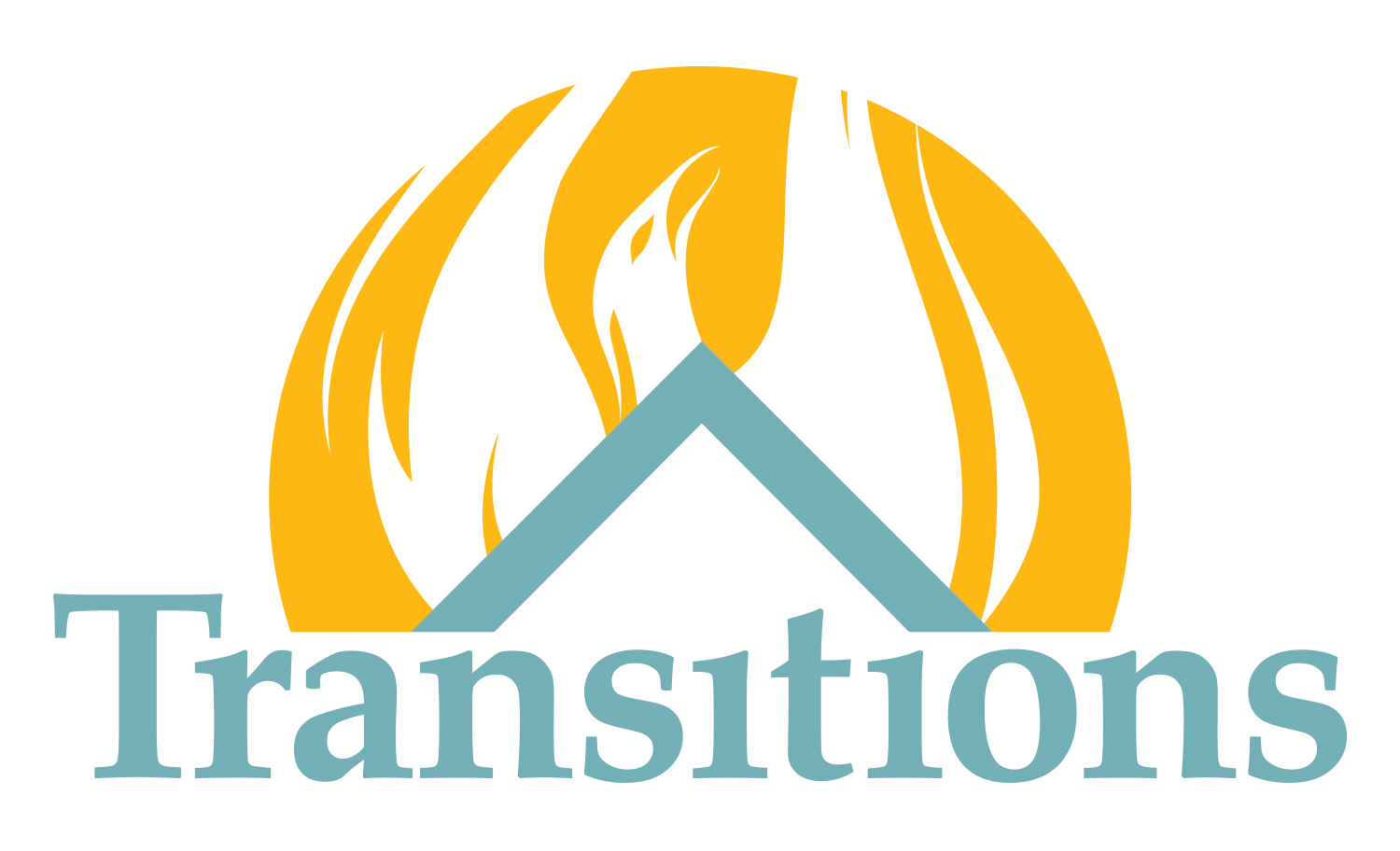Celebrating National Recovery Month
In honor of National Recovery Month in September, we wanted to dive a bit deeper into the topic of recovery to help provide more education + perspective. First, in order to understand what the recovery process looks like, it’s important to have a solid understanding of Substance Use Disorders and the disease of addiction, both around the globe and in our community.
Understanding the Disease of Addiction:
For our team here at Transitions, we think there is often a lack of education, understanding, and even a stigma surrounding the disease of addiction. If you’re interested in learning more about addiction and substance use disorders, you can dive into one of our past blog posts. The Addiction Center defines addiction as a “mental disorder which compels someone to repeatedly use substances or engage in behaviors even though they have harmful consequences.”
According to the Addiction Center, almost 21 million Americans have at least one addiction, yet only 10% of them receive treatment. Similarly, the United Nations notes from the World Drug Report in 2019, that 35 million people worldwide suffer from drug use disorders while only 1 in 7 people receive treatment.
From our experience, there are three primary reasons why individuals don’t seek treatment – denial, stigma, and education. Denial is a very strong and prevalent symptom in Substance Use Disorders and keeps many from seeking treatment. Secondly, there are still many stigmas that surround Substance Use Disorders and treatment, making many hesitant to seek help. Lastly, there is a lack of education surrounding access to treatment, availability of treatment, and the need for professional, clinically-driven treatment to properly treat Substance Use Disorders. Our team aims to provide education on the disease of addiction, as well as educate on the availability of treatment services in the Northern Kentucky region.
The Local Impact of Addiction:
Here in Northern Kentucky, it’s estimated that about 5% of the population (about 20,000 individuals) have a Substance Use Disorder. About 50% of those individuals are currently in recovery, leaving 10,000 people in active addiction. Looking more specifically – of the 10,000 individuals in active addiction, about half of them are women and 10% of them are pregnant. This means there are potentially around 500 pregnant women in our community who are actively using and in need of treatment.
As we shared above, about 10% of individuals are willing and able to begin treatment right away – this means that our region specifically needs 1,000 treatment spots available for those individuals. These treatment spots are made up of residential, outpatient, prevention, withdrawal management, harm reduction medication services, and beyond. Transitions has the opportunity to be a huge part of the solution in our region, as we have almost 200 residential treatment beds, as well as a full continuum of outpatient services.
The Path to Recovery:
All of the statistics we shared above can be jarring and can leave one wondering “So, what’s the solution to getting more people into recovery?” Effective, person-centered, clinically-driven treatment is the best solution for recovery. The path to recovery is multi-faceted and must be customized for each and every individual, which is why we emphasize person-centered planning so heavily in our treatment. Here in Northern Kentucky, Transitions has the ability to impact a large percent of the population with Substance Use Disorders and the Disease of Addiction. It’s our goal to continue to grow our presence, provide more education, and ensure that individuals who are ready for treatment know how to begin.
We also know that recovery is not a linear process. This is why our programs are customized to fit the needs of each individual and why we begin discharge planning as soon as you’re admitted. Our clinical team works with individuals to develop a comprehensive discharge plan to help set them up for success, often including referral to our Recovery Housing program. It’s our goal to help prepare individuals for what recovery looks like beyond the walls of our facilities.
National Recovery Month is a time to celebrate all of those who are currently in recovery, but it’s also an opportunity to be reminded how many individuals are ready and willing to begin treatment and their own path to recovery. We are so proud of all of the individuals, including many of our own staff, who are currently in recovery and we never want to stop adding more people to that group.

